Aligarh-How Will Top 3 Destination Be In The Future?
How Will Top 3 Destination In Aligarh Be In The Future?
Aligarh is one of the foremost metropolitan cities of Uttar Pradesh, India. Busy as it is, the city is best known for the celebrated Aligarh Muslim University, one of the best centers for higher education in the country. Aligarh is also popular for its lock industry. Hence an Aligarh tour is never complete without shopping for locks of unique designs. After all, one can always do with a little extra security!
According to all the available Aligarh travel guides, the city of Aligarh has a very dubious past. It was originally known as Kol or Koil. The name Kol appears in the writings of Edwin T. Atkinson where he proposes two possible theories of its origin. Atkinson writes that the name ‘Kol’ was given to the city by Balaram who fought and defeated a demon in the area. He also mentions that according to legends, Kol was founded by the Dor tribe of the Rajputs. Kol also finds mention in ‘Rihla’, a book by Ibn Battuta, the medieval Moroccan traveler. Battuta describes Kol as a town surrounded by groves and this is further confirmed by Jehangir, who mentions in his writings that he often came to the Kol forests along with his father, Akbar, to hunt.
During the time of Ibrahim Lodi, the city was named Muhammadgarh, after its governor Muhammad. In 1524, when Sabit Khan became the governor of the city, he renamed it Sabitgarh. Around a century later when Surajmal, a Jat ruler, occupied the fort of Kol, he refashioned the city as Ramgarh and finally when a Shia commander, Najaf Khan captured it, he named it Aligarh. Aligarh is thus a city of multiple identities.
Sightseeing in Aligarh is made easier by the fact that every notable location is well within the boundaries of the city and one does not have to travel long distances to visit them.
Aligarh Fort
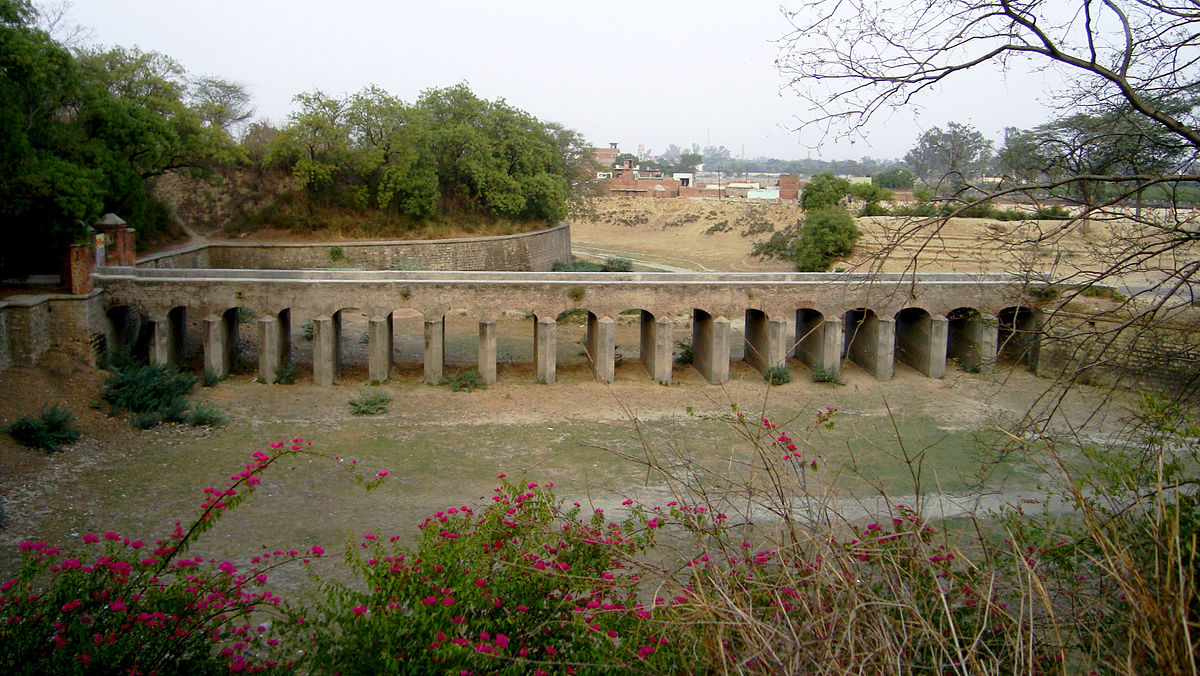
The history of the Aligarh fort is as colorful as the history of the city itself. It had had multiple owners in the past who had built, renovated and refurbished it in their own way and style. The present fort, in its decrepit state, is a sad reminder of that history.
It is believed that the fort was first built by the Dor Rajputs. It was then properly rebuilt and fortified by the governor of Kol, Muhammad, during the time of Ibrahim Lodi. In 1524-25, it was further buttressed by governor Sabit Khan, under the rule of Farrukh Siyar and Muhammad Shah. In 1753, it was expanded thrice by lieutenant Banasaur, the commanding officer of Surajmal. At that time, a basement, a warehouse for explosives and a kitchen was added to the structure. The present fort, though, was redesigned and refurbished by French engineers under the command of French officers, Benoit de Boigne and Perron.
History Of Aligarh fort
The Aligarh fort or the Aligarh Fortis was also known as ‘bohne chor ka qila’ or ‘the fort of the dwarf thief.’ It is built on a hill, situated to the north of the Aligarh Muslim University at Barauli Marg. It has steep ravines on all sides that are around 30 feet high. And it has bastions in every angle on the walls. In 1759, under Madhavrao I Scindia, the importance of its strategic position was immense. It was the place where he organized his battalions and drilled them in European fashion under the supervision of the French soldier Benoit de Boigne. During the celebrated Battle of Aligarh, it was captured from the Marathas by the British army under the able leadership of the French officer Perron. In 1803, it was further strengthened and improved. It was also a site of the 1857 mutiny.
At present, the Aligarh fort is under the control and maintenance of the Aligarh Muslim University. A large section within it is used as the site for the University’s botanical research. It also houses a primary school within its premises and tourists are often greeted by these school children. It is now a place of peace and calm, away from the bustle of the city and a photographer’s paradise. Although, entry to the botanical garden section is restricted.
Famous for:
- The fort is famous for its history and strong fortification, worthy of inspection
Visiting hours:
- The accessible sections of the fort can be visited any time during the day between 8 AM and 6 PM
- It remains closed on Monday
Duration of visit:
- If one is interested to explore the fort and the quiet surrounding, it might take more than 1 hour. It is a good place to rest and roam around through the shades of trees
Tickets:
- Entry is free for all
Aligarh Muslim University
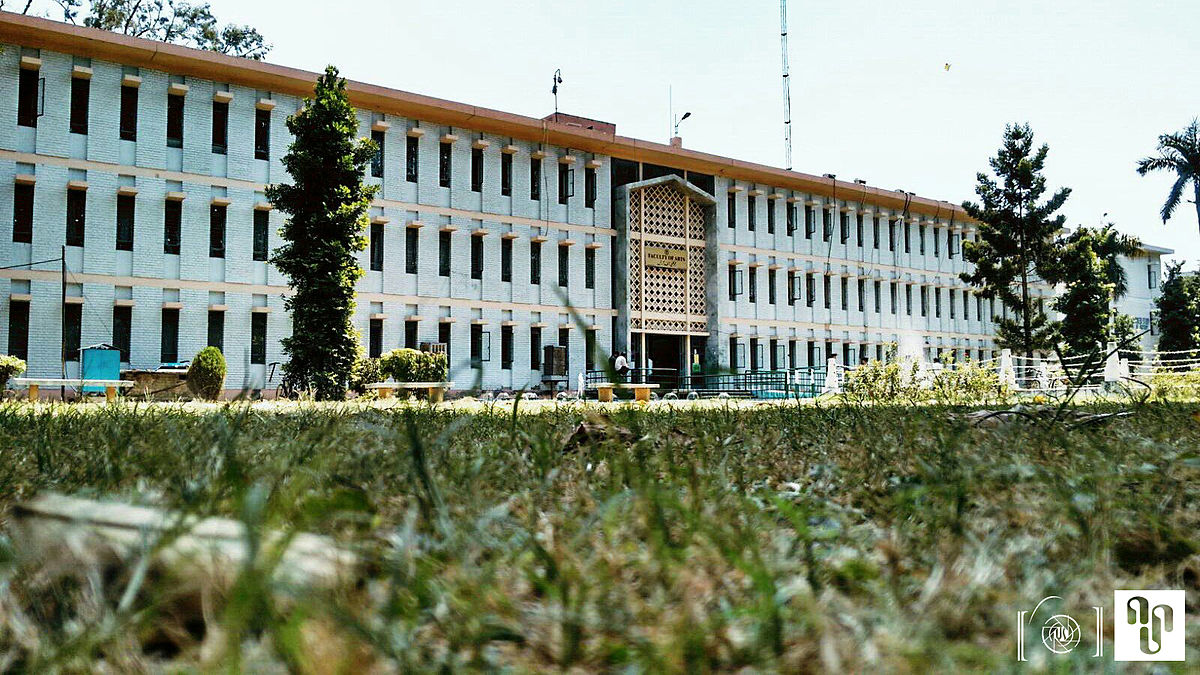
The Aligarh Muslim University, the erstwhile Mohammedan Anglo-Oriental College, was founded by Sir Syed Ahmed Khan in 1877. At first, the college was affiliated under Calcutta University. Then in 1885, it came under the affiliation of the University of Allahabad. In 1920, the college was transformed into the Aligarh Muslim University.
Sir Syed Ahmed Khan was the pioneer of Western learning among the Muslims. He understood long back that in order to hold their sway as a community under the British rule, the Muslims of the country required a good knowledge of the English language and Western sciences. He fashioned the MAO College after Oxford and Cambridge Universities.
Presently, the university imparts education to students of all castes and creeds, religions and gender. It has been declared as an Institution of National Importance by the constitution of India. Presently, it also has off-campus centers in Kerala, West Bengal, and Bihar.
Aligarh Muslim University Library
The Maulana Azad Library, the central library of the university and the Sir Syed Academy Museum near the university campus are places that one can visit if one is fascinated by the history of Western learning in India. The more religious-minded tourist can pay a visit to the Jama Masjid inside the university campus. Tourists with the more creative inclination can always visit the famous Moinuddin Ahmad Art Gallery inside the campus.
Famous for:
- It is famous throughout the country as one of the foremost seats of higher learning
- The 467 hectares huge campus with old buildings is worth a visit
- The Moinuddin Ahmad Art Gallery
Visiting hours:
- One can visit the campus any time during the day as long as it stays open
- The art gallery stays open from 10 AM to 4:30 PM on all days except Fridays and Sundays
- On Fridays, the art gallery stays open from 9 AM to 12 PM
- It stays closed on Sundays
Duration of visit:
- The expansive campus might take around 2 hours to look around
Tickets:
- Entry is free for all
Ibn Sina Academy of Medieval Medicine and Sciences
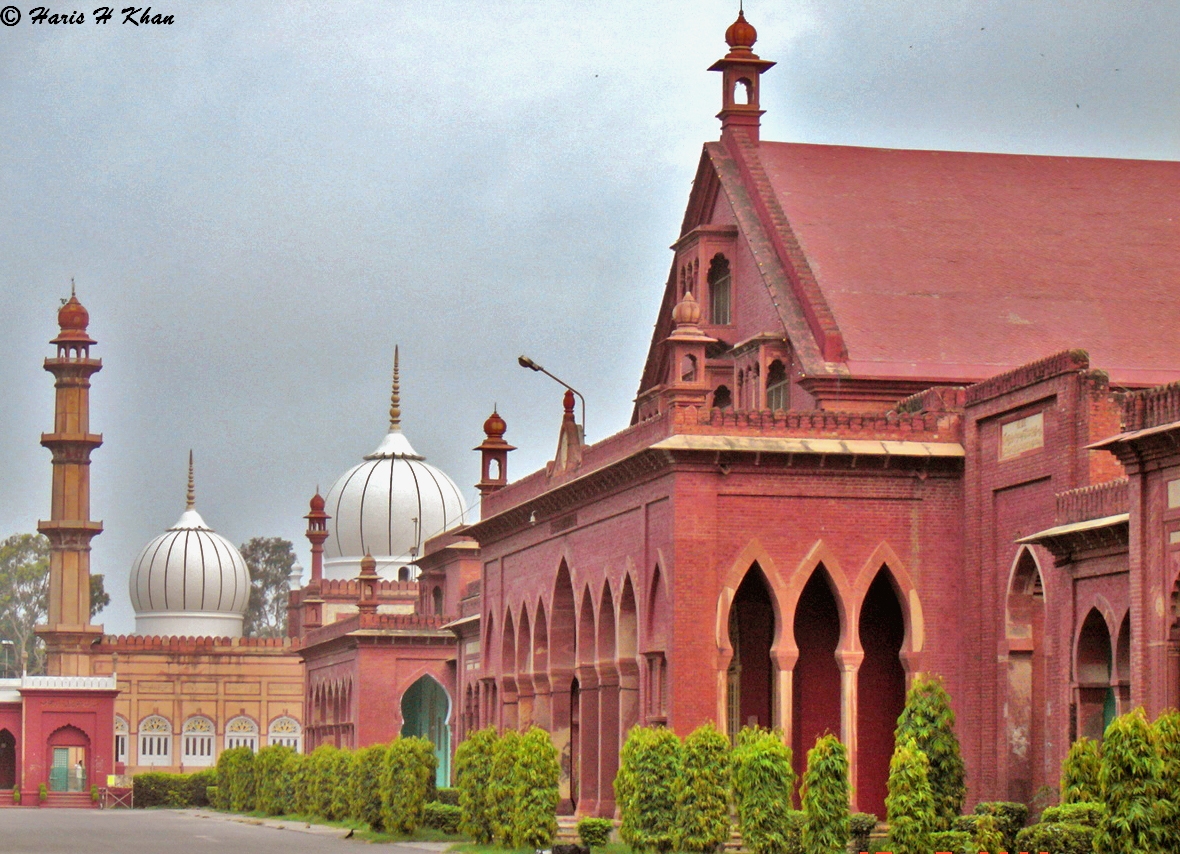
The Ibn Sina Academy of Medieval Medicine and Sciences was inaugurated in 2001. It is named after Abu Ali Ibn Sina who practiced Unani medicines in the medieval times. The researchers of the history of medicine and sciences agree that the Islamic physicians and scientists of the medieval era had played pivotal roles in the development of natural and medical sciences. But the full potential of Islamic medical and scientific work has not been investigated exhaustively. Most of the manuscripts of Islamic medieval medicine lay unutilized and neglected for so long in the libraries. The academy was therefore established to revive this heritage of medieval Unani medicines and healing methods through teamwork and research.
A visit to the academy is a must if one is interested to learn about the expanse and utility of these methods. The academy houses two museums- one on medical sciences and history and the other on arts and culture.
Famous for:
- Zillur Rahman Library that houses over 15000 books including manuscripts, paintings, magazines, postal stamps, coins and specimens of oriental calligraphy. The books are in Arabic, Persian, Urdu, Sanskrit, Hindi, and English, and most are medical journals on the history of medicine, Unani medicine, Pharmacology, religion and Urdu literature
- Karam Hussain Museum on History of Medicine and Sciences that has pictures and busts of physicians from Mesopotamia, Babylon, Egypt, Greece, Arabia and India and medical manuscripts, catalogs and souvenirs
- Hakim Fazlur Rahman Museum on Arts, Culture, and Orientalism that has a large collection of coins, stamps, gemstones, paintings, engravings, utensils, garments and drawings
Visiting hours:
- The academy is open from 9 AM to 5 PM
- It stays closed on Sundays
Duration of visit:
- It can take around 1 to 2 hours to look around thoroughly
Tickets:
- Entry is free for all


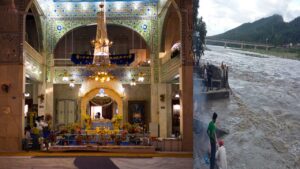

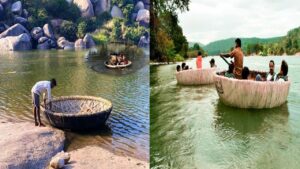





all are very cool
nice post
Very well explained I really loveit